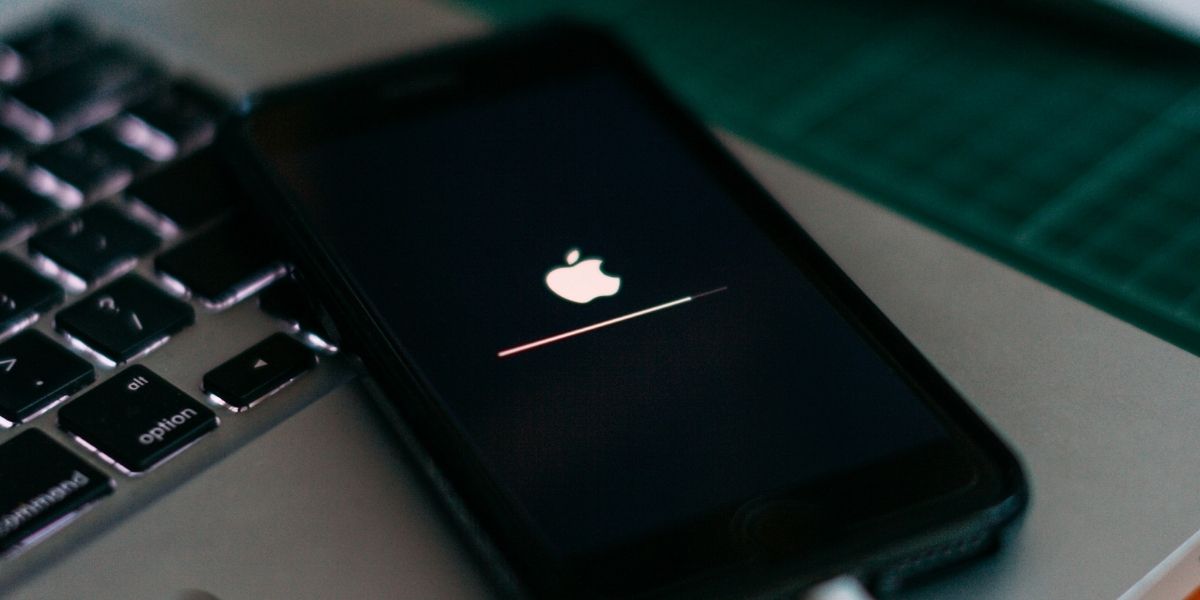Financial stability is one of the cornerstones of a secure and stress-free life. One of the most effective ways to achieve this stability is by building an emergency fund. This fund acts as a financial safety net, providing the necessary resources to cover unexpected expenses or a temporary loss of income. In her discussions, Lowry emphasizes the importance of having an emergency fund in place and guides individuals through the process of building one, starting with small, achievable goals. This article explores the reasons why an emergency fund is essential, how to start building one, and how it serves as a safeguard for financial well-being.
Read also: Redrawing Market Boundaries: The Six Paths Framework for Strategic Innovation
The Importance of an Emergency Fund
An emergency fund is a savings cushion that can cover unforeseen expenses such as medical bills, car repairs, or loss of employment. These types of expenses can arise at any time and may disrupt your finances if you are not adequately prepared. Without an emergency fund, individuals may find themselves turning to credit cards or loans to cover these expenses, leading to debt and financial strain. In essence, an emergency fund helps to prevent financial setbacks by providing the resources needed to navigate through difficult situations.
The importance of an emergency fund lies in its ability to provide peace of mind and financial security. Knowing that there is a safety net in place allows individuals to manage stress more effectively when faced with unexpected financial challenges. Furthermore, an emergency fund allows for greater flexibility and control over one’s finances, reducing the likelihood of making hasty financial decisions out of desperation. Having a reserve of funds ensures that you can maintain stability in your life, even in the face of adversity.
How to Start Building an Emergency Fund
Building an emergency fund may seem like a daunting task, especially if you are living paycheck to paycheck or have limited savings. However, the process can be broken down into manageable steps, making it more achievable over time. Lowry suggests starting with small, attainable goals and gradually increasing your savings as you build momentum. Rather than aiming to save a large sum right away, focus on accumulating small amounts consistently.
The first step in building an emergency fund is determining how much money you need to save. Experts often recommend having enough to cover three to six months’ worth of living expenses. This includes rent or mortgage payments, utilities, groceries, and other essential expenses. However, for those just starting, it is more practical to set an initial goal of saving a smaller amount, such as $500 or $1,000. This smaller target is more manageable and provides an immediate sense of accomplishment, motivating you to continue saving.
Once a savings goal is set, it is important to develop a plan for how to reach it. Setting aside a specific portion of your income each month for your emergency fund can help ensure steady progress. If your budget is tight, you can start by cutting back on discretionary spending, such as dining out or entertainment, and redirecting those funds into your emergency savings. Over time, as your financial situation improves or your income increases, you can gradually increase the amount you contribute to your emergency fund.
Strategies for Maintaining Your Emergency Fund
While building an emergency fund is essential, maintaining it is just as important. One of the biggest challenges that individuals face after building an emergency fund is the temptation to dip into it for non-emergency expenses. To prevent this, it is helpful to clearly define what constitutes an emergency and only use the fund for those purposes. An emergency fund should not be used for planned expenses, such as vacations or luxury items, but rather for unexpected situations like medical emergencies, car breakdowns, or job loss.
To further protect your emergency fund, consider keeping it in a separate, easily accessible savings account. This reduces the likelihood of accidentally spending the money on non-emergency items. Ideally, the account should offer a reasonable interest rate while still allowing quick access to funds when needed. Many online savings accounts provide this combination of safety and accessibility, making them a great option for emergency funds.
It is also important to replenish your emergency fund if you need to use it. After tapping into the fund for an unexpected expense, prioritize rebuilding it as quickly as possible. Set up automatic transfers to the account, similar to how you contribute to retirement savings or other long-term goals. By maintaining a consistent savings habit, you can ensure that your emergency fund remains intact and ready to provide support in case of future emergencies.
The Role of an Emergency Fund in Long-Term Financial Stability
Having an emergency fund is not just about handling immediate crises—it is a key part of a broader financial strategy aimed at long-term stability. With an emergency fund in place, individuals are less likely to rely on credit cards or loans, which can lead to costly debt and financial instability. The fund serves as a buffer, allowing you to manage both planned and unexpected expenses without jeopardizing your financial well-being.
Moreover, an emergency fund helps to reduce anxiety around finances, allowing individuals to approach other financial goals with greater confidence. With the peace of mind that comes from knowing there is money set aside for emergencies, individuals can focus more on long-term planning, such as saving for retirement, purchasing a home, or investing. This proactive approach to financial management not only provides security but also sets the foundation for a stable and prosperous future.
In addition to providing financial security, an emergency fund can also enable individuals to take more calculated risks in their personal and professional lives. Whether it’s pursuing a new career opportunity, starting a business, or making an investment, knowing that you have a financial cushion can give you the freedom to make decisions that align with your goals and values, rather than being driven by fear of potential setbacks.
Building and maintaining an emergency fund is a crucial step toward achieving financial stability. By starting with small, attainable goals and gradually increasing savings over time, individuals can create a safety net that provides security during times of unexpected expenses or income loss. An emergency fund not only protects against financial setbacks but also contributes to long-term financial well-being by reducing the reliance on credit and enabling greater flexibility in personal and professional decision-making. With careful planning, consistent saving, and a clear strategy for maintaining the fund, anyone can build a financial foundation that supports their goals and provides peace of mind in the face of life’s uncertainties.
Read also: Reimagining Value: The Four Actions Framework for Strategic Innovation









